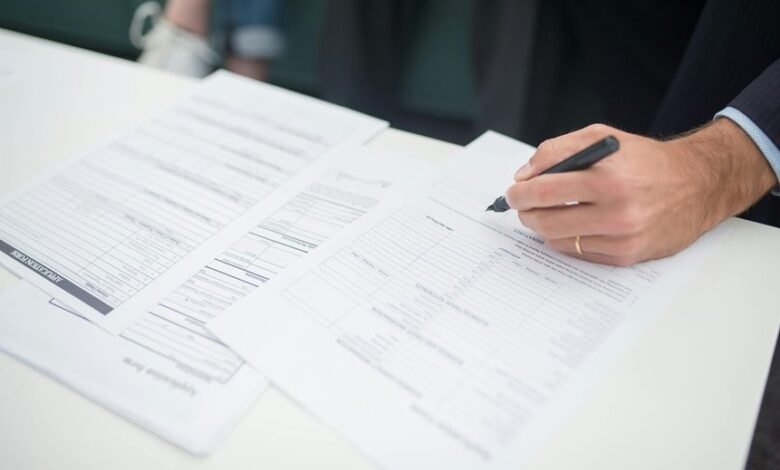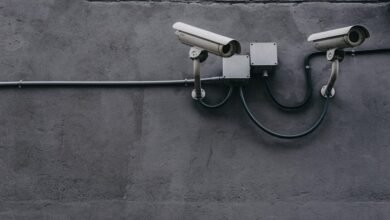Caller Oversight Integrity Verification Bureau 3509439027 3246042023 3277540501 3289705387 3278629306 3274744893

The Caller Oversight Integrity Verification Bureau (COIVB) plays a crucial role in enhancing the credibility of caller interactions. Its focus on advanced verification technologies aims to counteract prevalent issues like fraud and misinformation. By implementing mechanisms such as biometric recognition and two-factor authentication, COIVB strives to fortify consumer trust. However, the organization faces ongoing regulatory challenges that could influence its future initiatives. What implications might these developments hold for the broader communication landscape?
Purpose and Objectives of the COIVB
The Caller Oversight Integrity Verification Board (COIVB) serves a critical function in ensuring the integrity and accountability of caller interactions within various communication systems.
Its primary objectives include enhancing caller authentication processes and establishing robust mechanisms for fraud prevention.
Mechanisms for Caller Verification
Effective caller verification mechanisms are fundamental to maintaining the integrity of communication systems overseen by the COIVB.
Caller authentication methods, such as two-factor authentication and biometric recognition, enhance security.
Additionally, identity verification technologies, including digital certificates and blockchain solutions, provide robust frameworks for confirming caller legitimacy.
These mechanisms ensure that communications remain trustworthy, facilitating a safer environment for users seeking genuine interactions.
Impact on Consumer Protection
While advancements in caller verification technologies aim to enhance security, their impact on consumer protection is profound and multifaceted.
These technologies bolster consumer rights by reducing fraud and misinformation, thereby fostering trust.
However, their effectiveness hinges on robust regulatory frameworks that ensure compliance and accountability.
As such, alignment between technological progress and regulatory measures is essential for safeguarding consumers in an increasingly complex communication landscape.
Future Developments and Challenges
Advancements in caller verification technologies present both opportunities and obstacles as the landscape evolves.
Regulatory changes will likely shape the implementation and effectiveness of these innovations, requiring adaptive strategies.
Technological advancements may enhance verification processes, yet they can also introduce complexities and potential vulnerabilities.
Balancing consumer protection with the need for freedom in communication remains a primary challenge as the industry progresses.
Conclusion
In a landscape increasingly marred by deception, the COIVB stands as a lighthouse, illuminating the path towards integrity in communication. Through its innovative verification mechanisms, like biometric recognition and blockchain, it crafts a fortress of trust for consumers. As it navigates the turbulent waters of regulatory challenges, the COIVB’s commitment to balancing technological progress with consumer protections will be pivotal. Ultimately, the bureau’s efforts promise a future where clarity prevails, and the fog of misinformation dissipates.





